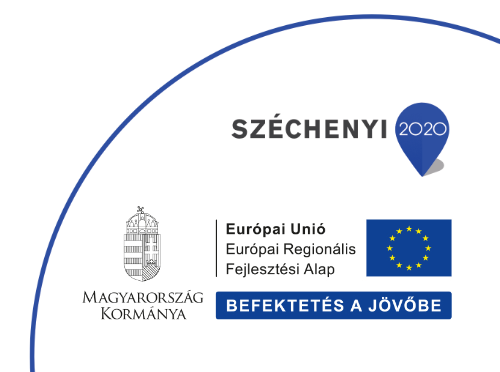Tantárgy adatlapja
The Lecture series on Cuffless Blood Pressure Monitoring provides an in-depth exploration of non-invasive methodologies for precise blood pressure assessment. The lectures introduce the physiology of the cardiovascular system and the biomechanical properties of arterial walls, crucial for understanding wave reflections pertinent to monitoring techniques. The basic principles of Biomedical Signal Processing are introduced, setting the stage for analyses of blood pressure signals. For comparison, the cuff-based blood pressure methods are introduced. As a requirement of some advanced methods, Electrocardiography and Photoplethysmography are also discussed. Advanced principles, including the Penaz Principle, Applanation Tonometry, and Pulse Arrival and Transit Time Techniques, are introduced alongside contemporary advancements like smart device integration and machine learning applications. The series concludes with examinations of continuous blood pressure waveform analyses and diagnostic applications, underscoring the trajectory towards streamlined and accessible healthcare monitoring paradigms.
Lecture 1: Introduction, clinical requirements for blood pressure monitors
Lecture 2: Physiology of the Cardiovascular system
Lecture 3: Properties of the Arterial Wall, Wave Reflections
Lecture 4: Introduction on Biomedical Signal Processing
Lecture 5: Cuff-based solutions – methodology, strength, weaknesses
Lecture 6: Continuous Blood Pressure Monitoring – The invasive solution
Lecture 7: Continuous Blood Pressure Monitoring – History of continuous non-invasive methods, Sphygmograph
Lecture 8: Electrocardiography and Photoplethysmography
Lecture 9: Penaz Principle-based solutions
Lecture 10: Applanation Tonometry
Lecture 11: Pulse Arrival and Pulse Transit Time Techniques
Lecture 12: Pulse Wave Velocity Techniques
Lecture 13: Smart devices, Machine Learning Techniques
Lecture 14: Continuous Blood Pressure Waveform Analysis
Lecture 15: Diagnostic solutions
List of selected literature:
Vander, Arthur J., James H. Sherman, and Dorothy S. Luciano. “Human physiology: the mechanisms of body function.” (2003).
Vlachopoulos, Charalambos, Michael O'Rourke, and Wilmer W. Nichols. “McDonald's blood flow in arteries: theoretical, experimental and clinical principles.” CRC press, 2011.
Sola, Josep, and Ricard Delgado-Gonzalo. “The handbook of cuffless blood pressure monitoring.” Cham: Springer (2019).
List of required competences:
a) knowledge
- The student knows the operation of hardware and software elements of information technology systems, the technology of their implementation, how to solve tasks arising from their operation, and the possibilities of interconnecting information technology and other technical systems.
- The student will have a basic knowledge and an engineering approach to the processing of measured signals, modelling, simulation and control of systems and networks.
- Knowledge of the vocabulary and terminology of computer science and engineering in Hungarian and English at least at a basic level.
b) skills
- The ability to build on the basic knowledge acquired to acquire deeper knowledge in a technical IT area, to work through the literature and to solve IT problems related to the area.
- Keep up to date with developments in the IT profession.
c) attitude
- The student represents the professional principles of engineering and information technology in a credible manner.
- Seeks to see the whole technical system beyond his/her own area of work.
- Strives for efficiency and quality in work.
d) autonomy and responsibility
- It identifies the shortcomings of the technologies used, the risks of the processes and initiates measures to reduce them.


